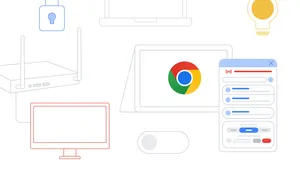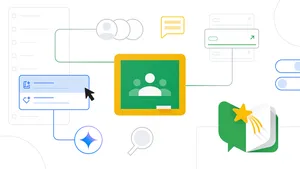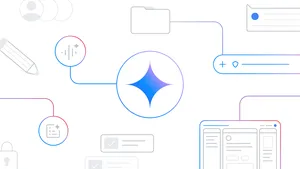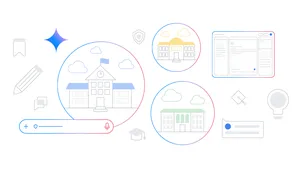How ebooks can encourage reluctant students to discover the joy of reading
Editor's note: Today’s post comes from Andrew Caffrey, assistant headteacher for data and technologies at The Streetly Academy in Sutton Coldfield, United Kingdom. Caffrey, a passionate supporter of technology in classrooms, recently received the Inspirational Educator Award by the Worshipful Company of Educators. We invited him to talk about the value of ebooks in encouraging students to read.
To start, we set aside dedicated reading time for students so they learn the value of this fundamental skill. Reading time is scheduled into the school day, just like any other subject, which telegraphs its importance for students. During these sessions, some students bring in books from home, and some read them on their Chromebooks, which use the RM Books system so we can offer as many different titles as possible. For students who are resistant to reading, variety matters. These students often believe there’s nothing out there that they’ll enjoy, so access to different genres and topics can help pique their interest.
We’ve also noticed that reluctant readers will warm up to books on screen, since students are used to devices at home and in school. Research backs up our observation: a recent study from the UK’s National Literacy Trust found that boys in particular become more avid and confident readers when they have access to ebooks.
“A lot of students, normally boys, consider reading boring and don’t even want to attempt it,” says Rebecca Leeson, an English teacher at our school. She’s seen the difference that ebooks can make with both boys and girls, as well as changing student thinking about how a “book” is defined. For example, Rebecca gives students excerpts from longer books.

“Students often think that reading must always involve a novel,” Rebecca told me. “The extracts give them the opportunity to look at a range of texts instead of focusing on just one. Sometimes they’re the beginnings of novels, but can also be nonfiction. A lot of students then go on to read the full texts for the subjects they enjoy.”
Greater choice of reading material is key to encouraging students to read more. Now that RM Books can be used with Google Classroom, we can select and share books even more easily with our students. We can also highlight the pages that we want to students to read so they know exactly how much reading to complete.Along with offering students a wider range of reading choices, we also experiment with different ways to read. Rebecca, for instance, switches her teaching format depending on how students respond to a reading selection. In addition to giving students independent reading time, she’ll gauge whether small groups or a whole-class session would be more appropriate for a discussion. If students are struggling with a text, she might introduce an audio book option, or suggest that students read short articles on a subject before they move on to the full versions.
It’s heartening to see more students change their attitudes toward reading, and in some cases, to really embrace literature. One of Rebecca’s students started the school year with little interest in reading. After several months of reading short texts and discovering subjects she enjoyed, she grew so confident that she won the English award. Another reader on her way to a lifetime of discovering books!






